Thompson-Nicola Conservation Collaborative
ANNUAL REPORT 2024-25
Message from the Program Director
 The 2024/25 year marked a significant period of growth and deepening collaboration for the Thompson-Nicola Conservation Collaborative (TNCC). Together with a diverse network of partners—including Indigenous Nations, local governments, stewardship organizations, researchers, and community leaders—we continued to advance place-based conservation rooted in relationships, respect, and shared responsibility for the land.
The 2024/25 year marked a significant period of growth and deepening collaboration for the Thompson-Nicola Conservation Collaborative (TNCC). Together with a diverse network of partners—including Indigenous Nations, local governments, stewardship organizations, researchers, and community leaders—we continued to advance place-based conservation rooted in relationships, respect, and shared responsibility for the land.
- Working with multiple First Nations to identify critical wildlife movement corridors with the goal of developing Ecological Frameworks, informed by science, Indigenous knowledge, and local expertise.
- Developing the online Ecosystem Explorer Tool, which highlights regionally relevant topics such as low-elevation grasslands, amphibians and wetlands, and the intersections of climate and biodiversity.
- Coordinating policy recommendations for land use planning in for local governments to strengthen ecological considerations at the local level.
- Continuing to grow communications reach, providing timely updates, promoting partner-led initiatives, and raising awareness of key conservation issues through e-newsletter, social media channels, and website.
- Expanding our cross-sector network to now include over 50 partners, fostering a culture of mutual learning and collaborative action.
- Strengthening inter-regional connections by sharing lessons learned and emerging best practices with conservation collaboratives in the Kootenays, Okanagan, and beyond.
TNCC’s work is made possible by the strength, knowledge, and commitment of its partners. We are deeply grateful to the many individuals and organizations that continue to contribute time, insight, and energy to this growing collaborative. Your dedication to protecting and restoring the lands, waters, and relationships in this region is what drives this work forward.
On behalf of TNCC, I want to sincerely thank our 2024-2025 funders—Environment and Climate Change Canada, Real Estate Foundation of BC, Wilburforce Foundation, the Province of British Columbia, Sitka Foundation, and Nature Conservancy of Canada—as well as our many local partners for their generous and ongoing support. We also extend our gratitude to the Thompson Okanagan Tourism Association and Kamloops Naturalist Club for serving as our fiscal sponsors and long-standing supporters of conservation in the region.
As we look ahead, we are excited to continue strengthening connections across the landscape and across communities—supporting a future where healthy ecosystems, Indigenous leadership, and collective stewardship are central to how we live, plan, and relate to the land.
Danielle Toperczer
Program Director, Thompson-Nicola Conservation Collaborative
About TNCC
To advance this vision, TNCC's work focuses on four strategic pillars:
- Network – Fostering a strong, engaged network of partners across sectors and territories to align efforts, amplify Indigenous leadership, and enable integrated approaches to conservation.
- Capacity – Building regional capacity for conservation through training, knowledge sharing, and access to tools and expertise.
- Stewardship – Supporting on-the-ground actions that enhance ecosystem health and cultural relationships to the land.
- Conservation and Protection – Advancing science-based planning, mapping, and policy development to protect ecologically and culturally significant areas.
Rooted in the Thompson-Nicola but connected to broader initiatives across the province, TNCC is advancing a landscape level approach to conservation that is rooted in relationships, guided by local knowledge, and grounded in action.
TNCC Steering Committee
- City of Kamloops
- Grasslands Conservation Council of BC
- Invasive Species Council of BC
- Kamloops Naturalist Club
- Lower Nicola Indian Band
- Ministry of Water, Land and Resource Stewardship
- Nature Conservancy of Canada
- Okanagan Collaborative Conservation Program
- Secwepemcul’ecw Restoration and Stewardship Society
- Simpcw
- Thompson Okanagan Tourism Association
- Upper Nicola Band
- Wild Sheep Society of BC
Advancing Our Vision: A Year in Review
This annual report highlights TNCC’s progress toward the priorities set out in the 2024-2025 Action Plan, aligned with the four core goals of the TNCC Strategic Plan 2023-2026. Over the past year, efforts focused on delivering data-driven conservation tools, deepening partnerships, and supporting Indigenous-led stewardship and ecological connectivity planning.
Amidst the dynamic and evolving landscape of conservation in British Columbia, TNCC was a collaborative hub for knowledge sharing, capacity-building, and regional coordination. The accomplishments in this report reflect the strength of our partnerships and shared commitment to protecting biodiversity and ecosystem health in the Thompson-Nicola region.
Key Achievements
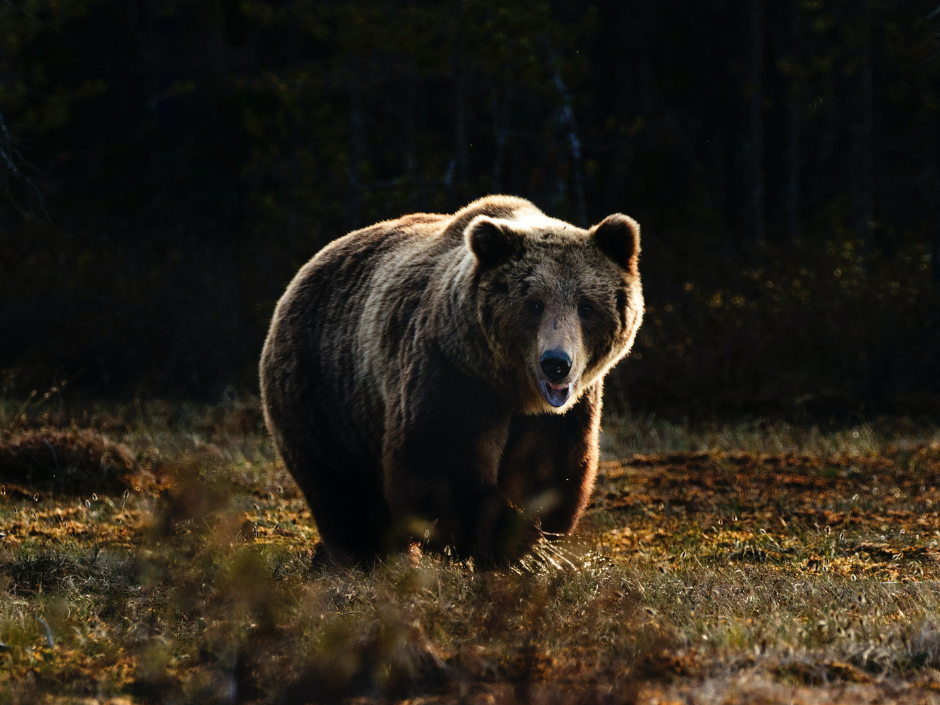
GOAL 1: NETWORK
Strengthen the network of conservation organizations to achieve efficiencies, synergies and increased effectiveness.

TNCC 2024 Spring Partner Meeting
Partner Engagement
TNCC maintained strong engagement with over 50 regional partners through meetings, working groups, and collaborative projects including the in-person biannual Partner Meeting. These connections have been essential for aligning efforts across jurisdictions, sharing knowledge, and amplifying the collective impact of conservation across the Thompson-Nicola region.
Communications and Outreach
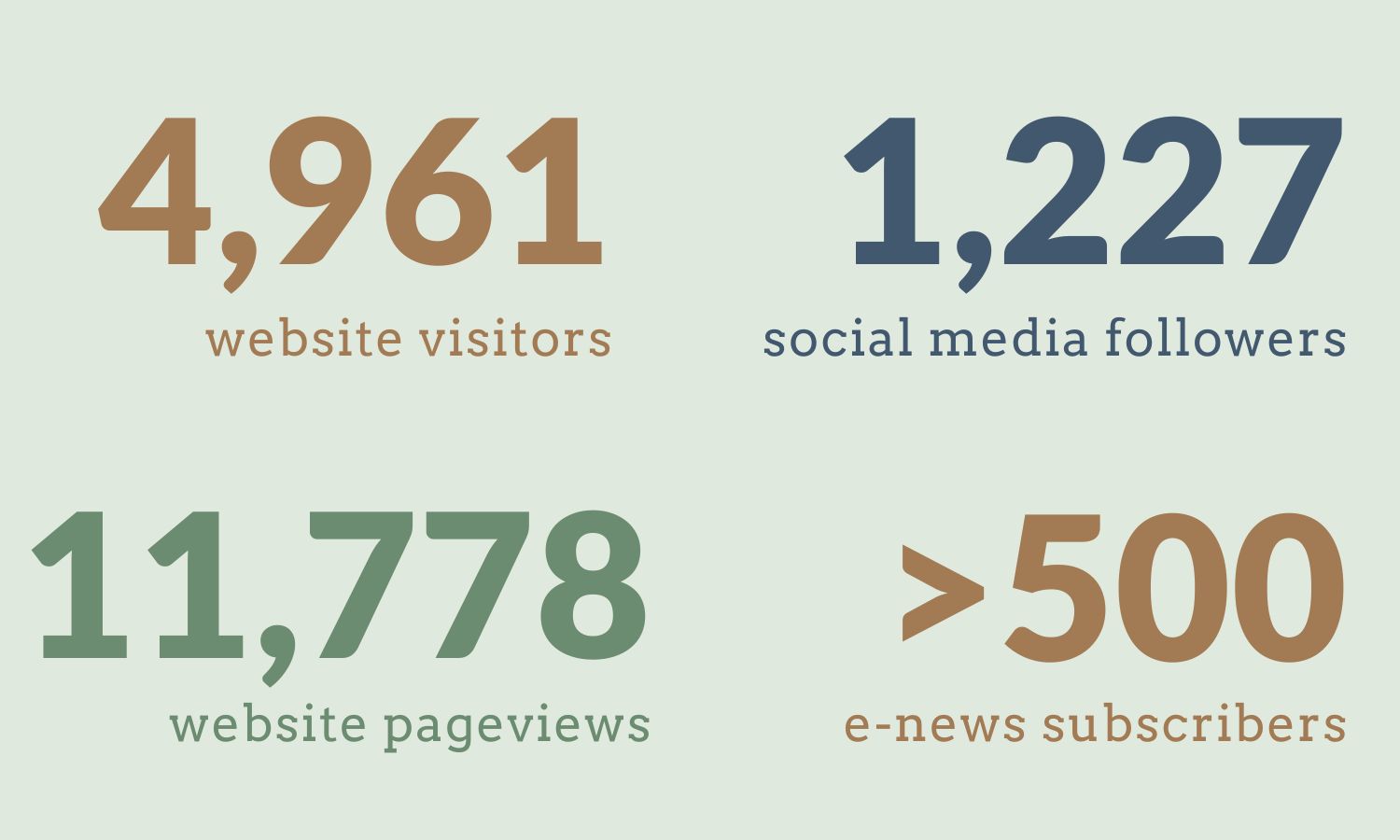
GOAL 2: CAPACITY
Facilitate efforts to increase the technical and organizational capacity of TNCC and partners to undertake conservation and stewardship activities.
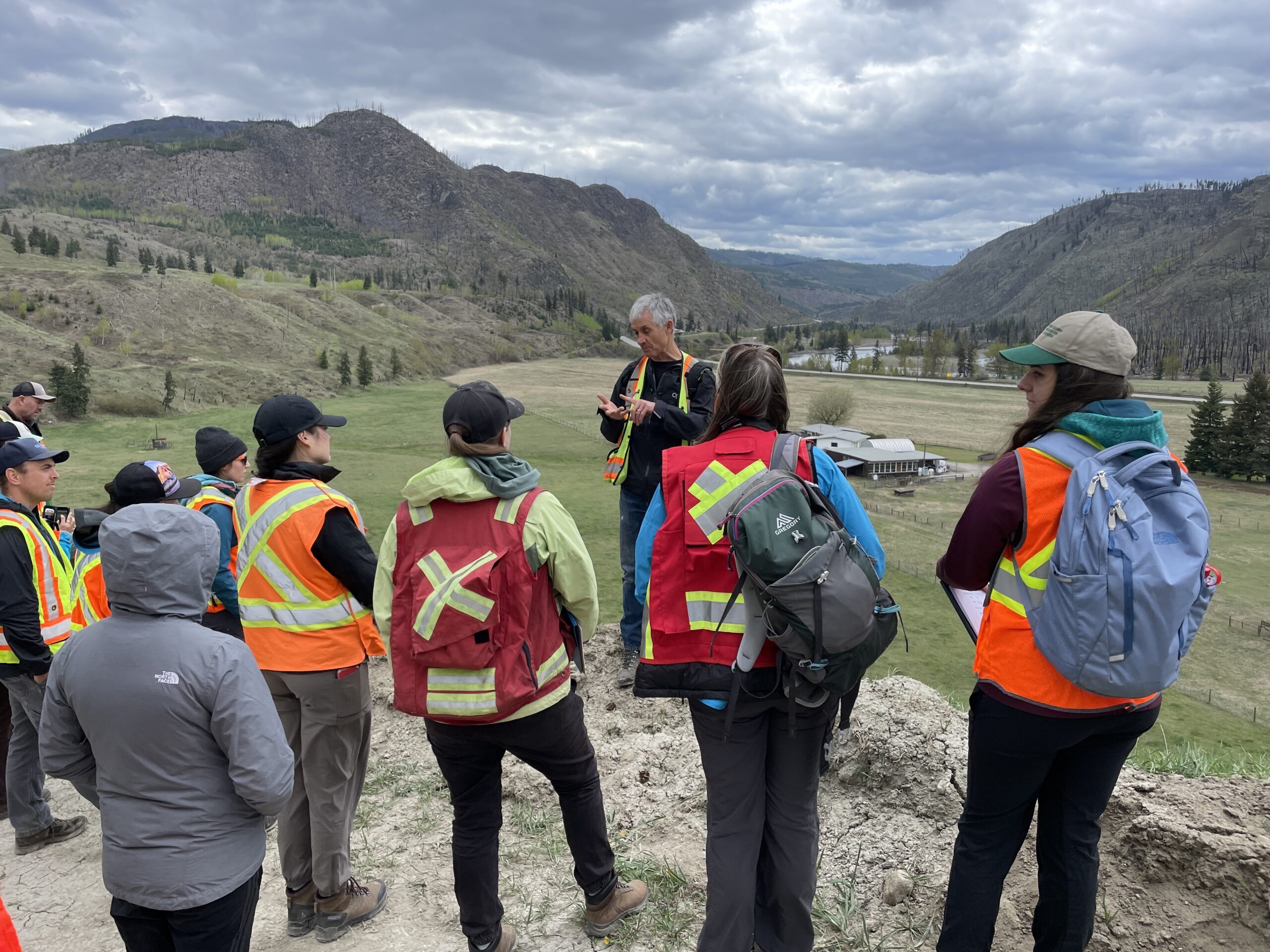
Badger Technical Field Day, April 2024
Badger Technical Field Day
Local Government Webinar Series
To support capacity building among planners and municipal staff, TNCC partnered with the Province of BC to coordinate and co-host a six-part webinar series titled Balancing Biodiversity Conservation with Development Pressure in Urban Landscapes. The series featured expert speakers and focused on practical strategies for integrating conservation into local planning. It drew strong participation from communities across British Columbia and received highly positive feedback for its relevance and clarity. Recordings, presentation slides, and supporting resources were made publicly available to encourage ongoing learning and application.
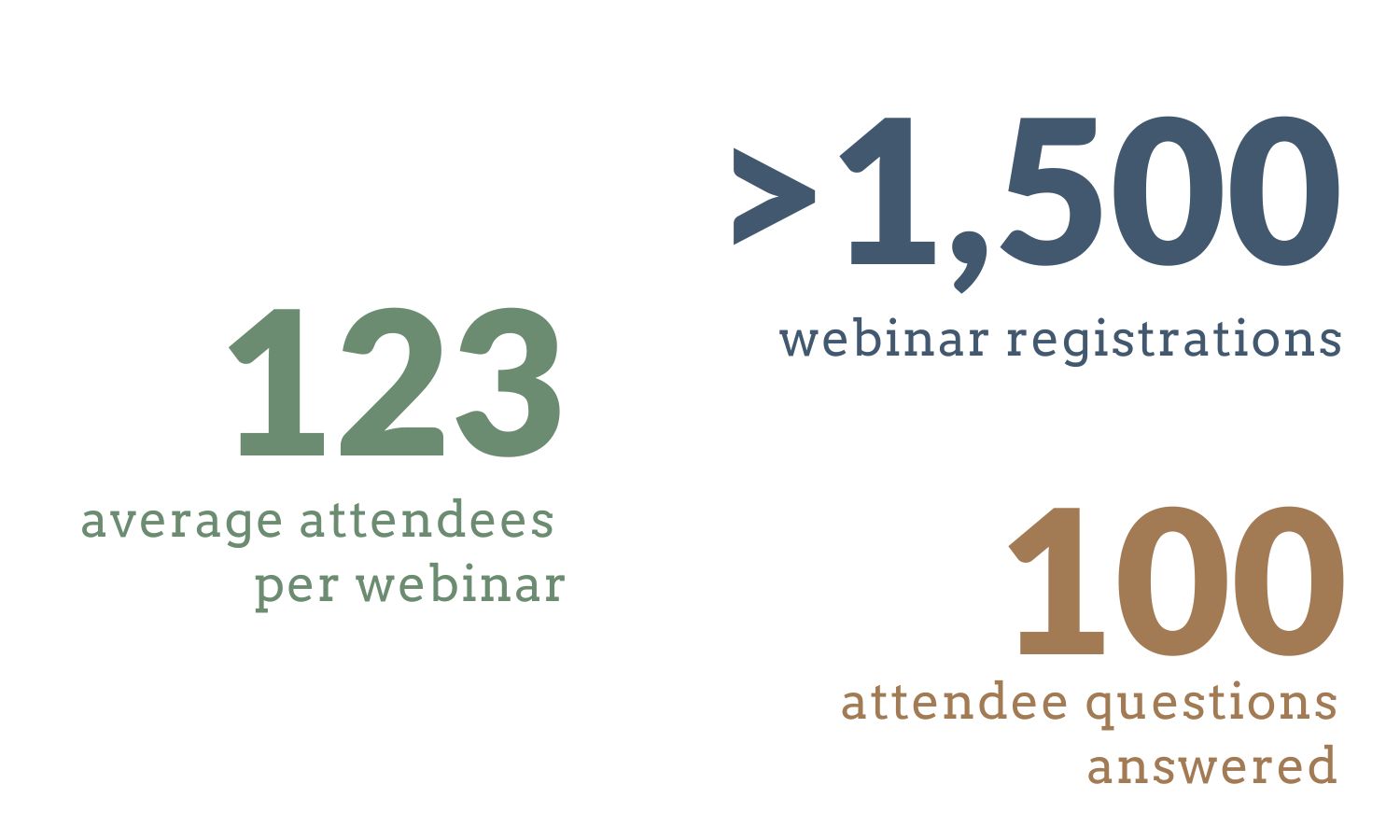
GOAL 3: STEWARDSHIP
Increase the effectiveness and coordination of stewardship activities on public and private lands.
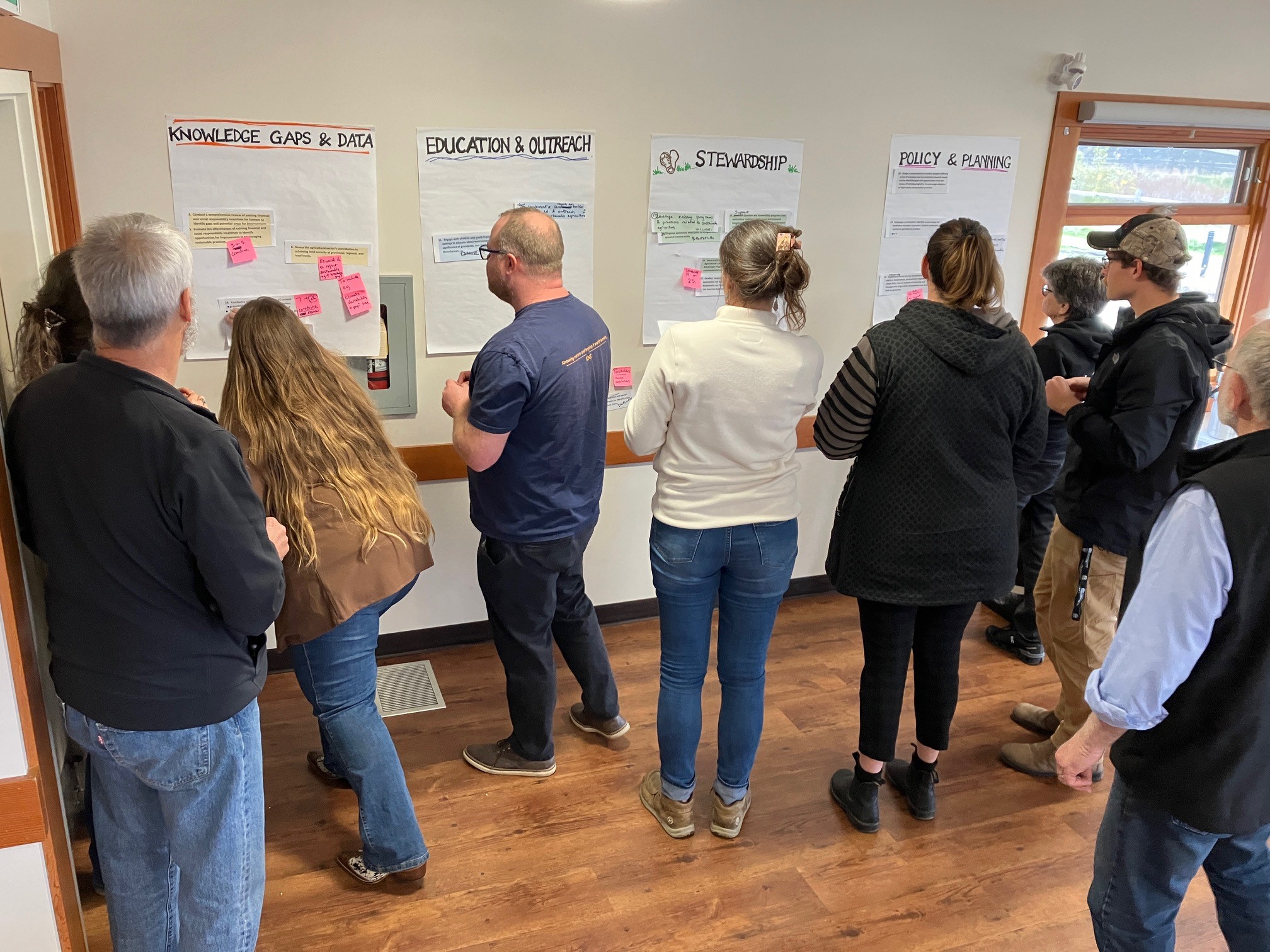
Conservation Action Plan Regenerative Agriculture Working Group
Conservation Action Plan Implementation
TNCC initiated work on the implementation of key strategies and actions from the Conservation Action Plan (CAP), launching two new working groups. The Regenerative Agriculture Working Group is focused on exploring climate-smart, conservation-aligned agricultural practices and supporting farmer engagement. Facilitated by TNCC, this group worked to finalize priorities for a five-year Regenerative Agriculture Action Plan and initiated an implementation and resource gap assessment to identify needs and opportunities for moving forward. The Indigenous-led Connectivity Working Group is advancing ecological connectivity planning and corridor mapping based on shared ecological and cultural priorities.
Conservation Planning for Climate Change Project Completion and Ecosystem Explorer Launch

GOAL 4: Conservation and Protection
Increase coordination of land conservation and protection.
Advancing Indigenous-Led Connectivity Planning
As a key strategy identified in the Conservation Action Plan, ecological connectivity has become a central focus for conservation planning facilitated by TNCC. Connectivity planning progressed significantly through an Indigenous-led working group that identified key cultural and ecological values, refined connectivity models, and highlighted critical wildlife areas. The resulting maps—focused on species such as badger, grizzly bear, and caribou—will guide future restoration and protection efforts. The working group will continue to lead this initiative into 2025–26 and beyond, supporting the identification of priority wildlife corridors as part of a collaborative approach in which Indigenous knowledge, values, and leadership shape the region’s long-term approach to wildlife corridor identification, restoration, and stewardship.
Policy Integration and Government Engagement
To support the integration of ecological data into local and regional decision-making, TNCC convened a team of policy and planning experts to guide the development of policy recommendations for local governments. These tailored recommendations—focused on the protection of wetlands, grasslands, sensitive ecosystems, and connectivity—are designed for incorporation into Official Community Plans (OCPs) and environmental management strategies.
Throughout the year, TNCC engaged with local governments including the Thompson-Nicola Regional District and the City of Kamloops, as well as First Nations representatives, to share these tools and promote alignment between land-use planning and conservation priorities. This collaborative policy work is helping strengthen the foundation for long-term ecological resilience and sustainable development across the region.
Collaborative Planning for Lasting Impact
Thank you





